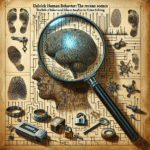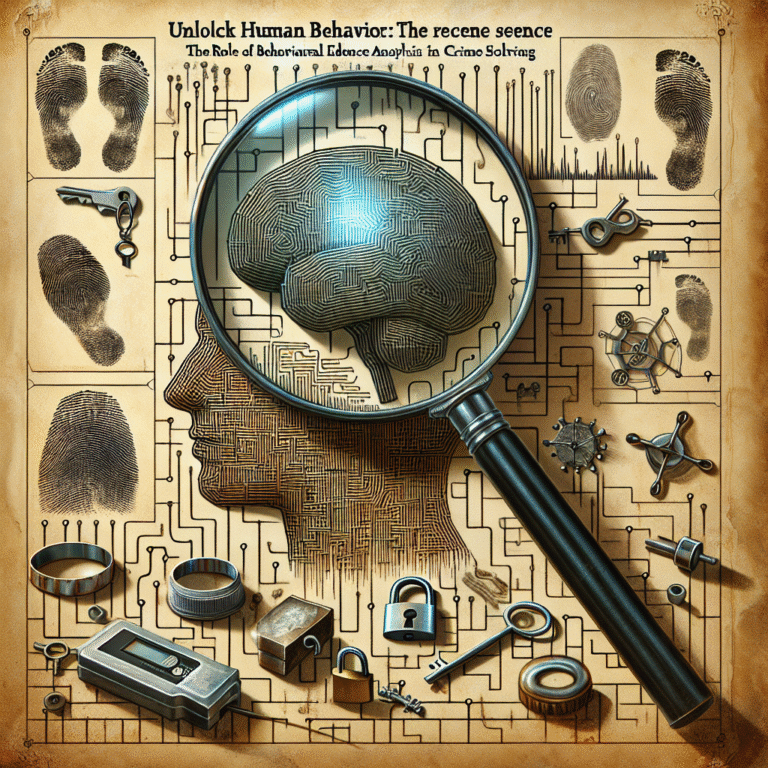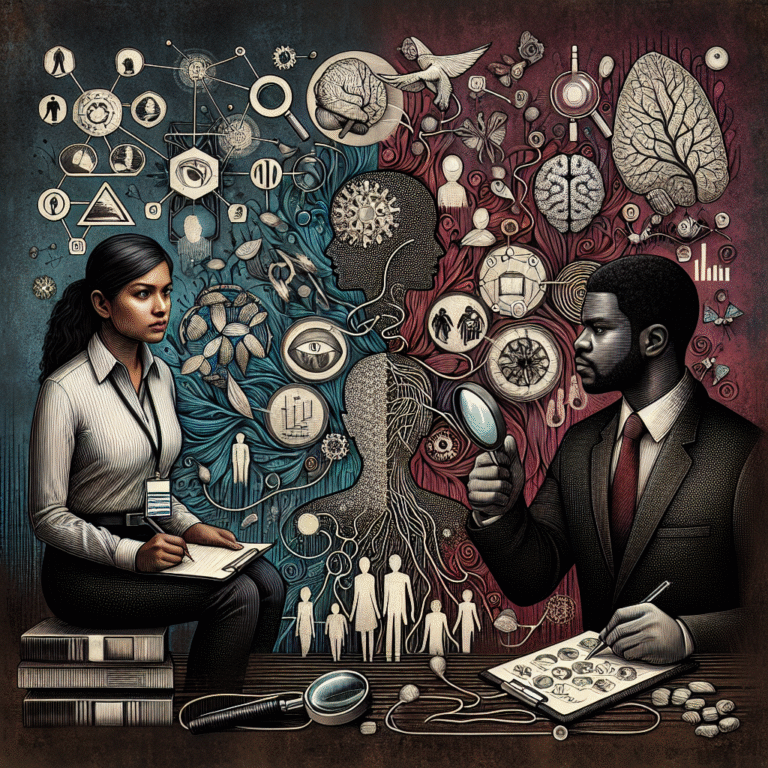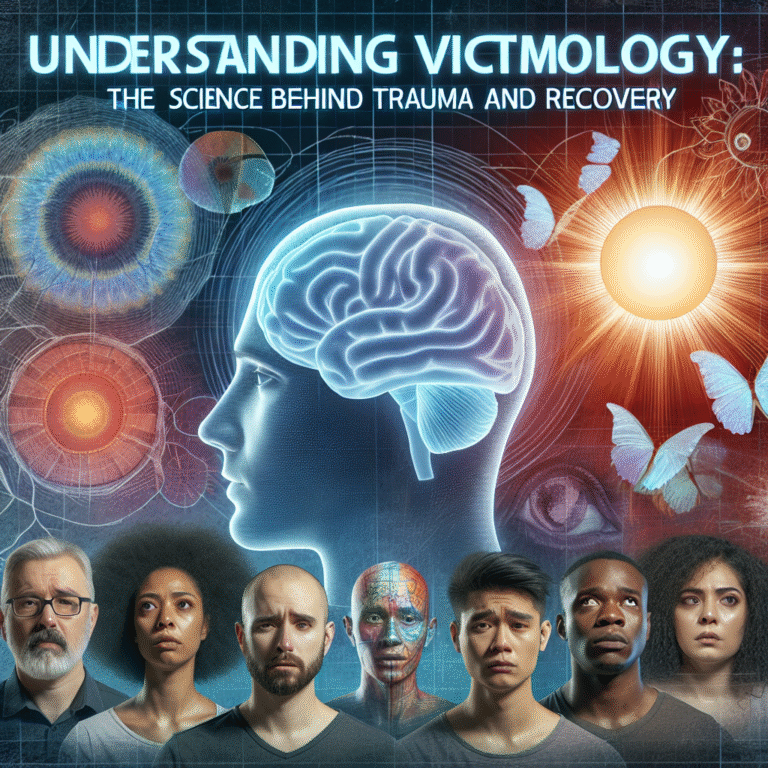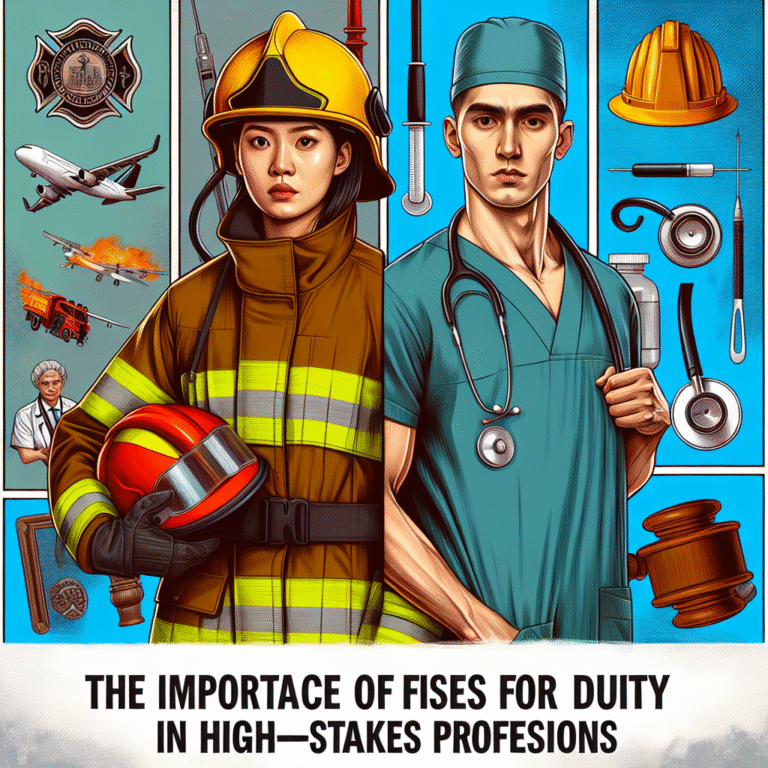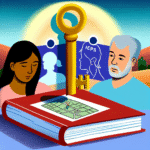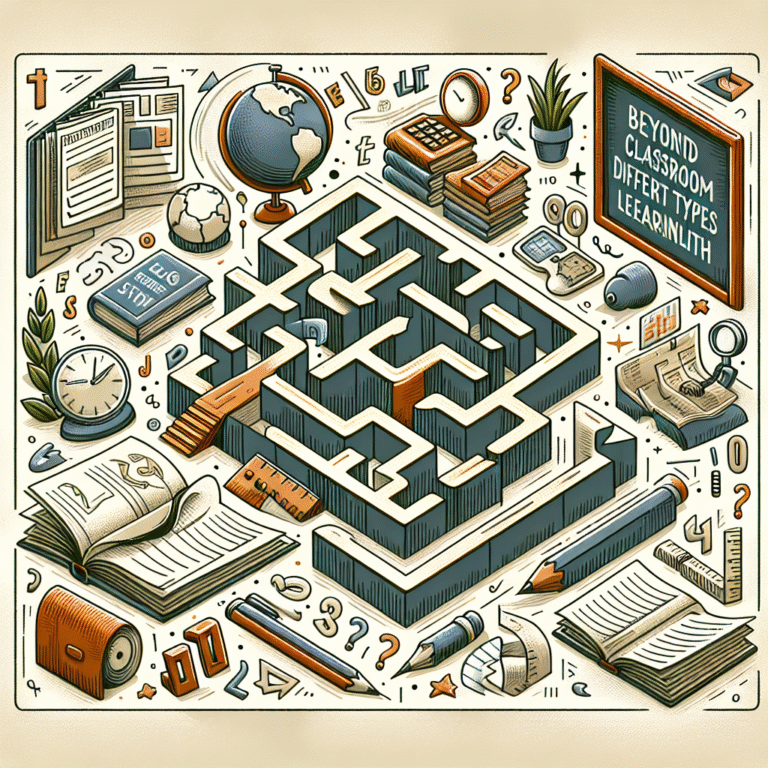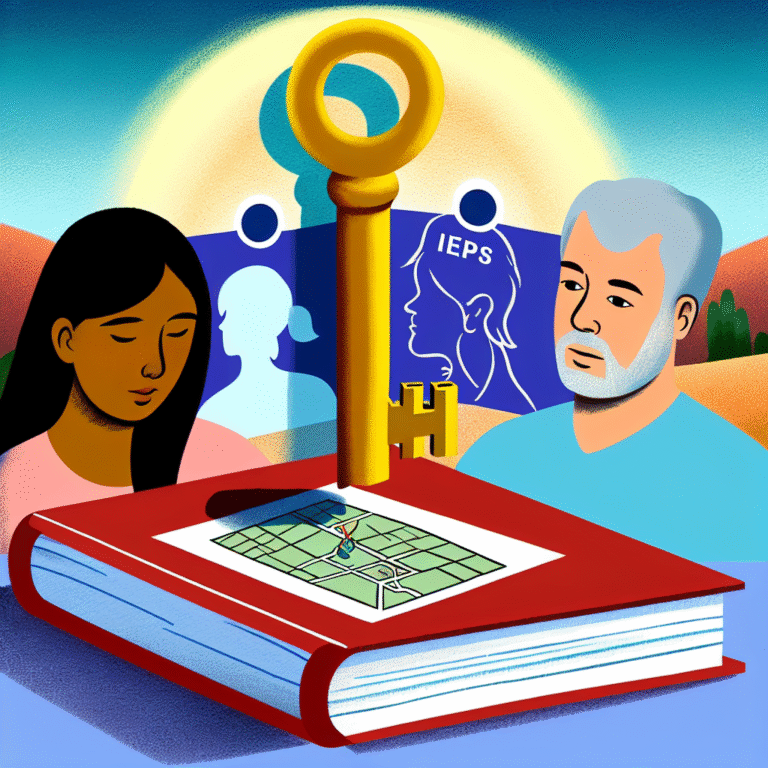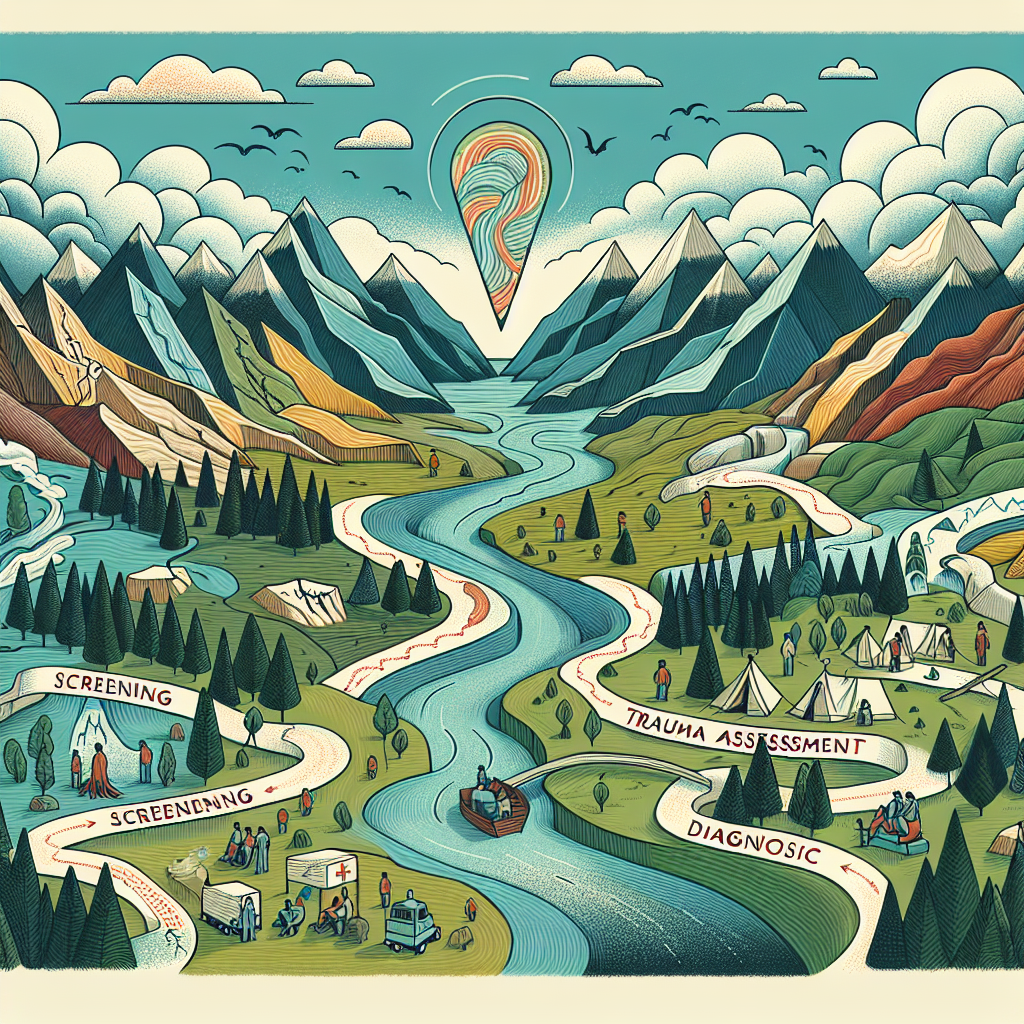
Introduction
In an ever-evolving world, understanding trauma—its origins and its impact—has never been more essential. For individuals grappling with trauma, the journey is often fraught with challenges, leaving them feeling isolated, confused, and misunderstood. This journey can start with a simple screening. However, navigating the intricate landscape between screening and diagnosis requires not just knowledge, but compassion, skill, and an understanding of the nuances involved.
The Importance of Trauma Assessment
Trauma assessment is a methodical process that lays the foundation for effective treatment. A well-conducted assessment not only aids in diagnosis but also helps cultivate a secure environment for individuals to express their experiences. Today, we delve deep into From Screening to Diagnosis: Navigating the Trauma Assessment Landscape, aiming to unravel this complex yet crucial journey.
Understanding Trauma and Its Manifestations
What is Trauma?
Trauma can be classified into various categories, including acute trauma (resulting from a single distressing event), chronic trauma (resulting from prolonged exposure), and complex trauma (resulting from multiple traumatic experiences). These experiences can lead to symptoms such as anxiety, depression, and post-traumatic stress disorder (PTSD), often complicating an individual’s ability to function in daily life.
The Need for Screening
Screening serves as the entry point into the world of trauma assessment. It is a critical process aimed at identifying individuals who may be struggling with trauma-related symptoms before a full diagnosis can be made.
Factors Influencing Trauma Responses
- Personal History: Previous life experiences can significantly shape how an individual processes and reacts to trauma.
- Support Systems: Individuals with robust support networks tend to adapt better to traumatic experiences.
- Coping Mechanisms: Different coping strategies can impact recovery, highlighting the need for tailored assessments.
The Screening Process
Common Screening Tools
There are several standardized tools used in the initial screening for trauma, including:
- The PTSD Checklist (PCL): Evaluates symptoms of PTSD.
- The Trauma History Questionnaire (THQ): Assesses exposure to various types of trauma.
- The Adverse Childhood Experiences (ACE) Questionnaire: Identifies the impact of childhood trauma on current mental health.
Table 1: Overview of Common Screening Tools
| Tool Name | Purpose | Population |
|---|---|---|
| PTSD Checklist (PCL) | Evaluates PTSD symptoms | Adults and adolescents |
| Trauma History Questionnaire (THQ) | Assesses exposure to trauma | Adults and adolescents |
| Adverse Childhood Experiences (ACE) | Identifies childhood trauma impact | General population |
Case Study: The Power of Early Screening
Consider the case of Sarah, a 28-year-old who recently lost a family member. Her screening revealed elevated anxiety and sleep disturbances. Through timely intervention based on her screening results, professionals ensured she received counseling and developed healthy coping strategies. This illustrates how vital it is to navigate the screening process effectively.
Transitioning to Diagnosis
The Diagnostic Process
After screening, the next crucial step is establishing a diagnosis. This process typically involves a comprehensive evaluation, including clinical interviews, standardized assessments, and a review of the individual’s history.
The Role of Clinicians
Trained professionals play an essential role in this transition. They sift through the data collected during screenings and utilize it to build a coherent understanding of the individual’s experiences. Their insights lead to an accurate diagnosis, paving the way for targeted interventions.
Case Study: From Screening to Diagnosis
Take the example of John, a 45-year-old veteran struggling with memories from combat. Screening indicated possible PTSD. A thorough evaluation revealed not only PTSD but also depression stemming from prolonged trauma exposure. This multi-faceted diagnosis allowed for a tailored treatment plan including therapy and medication, demonstrating the importance of navigating the trauma assessment landscape through a comprehensive lens.
Techniques for Effective Trauma Assessment
Building Rapport and Trust
Establishing a secure environment is paramount. Clinicians must create an atmosphere where individuals feel safe to share their experiences. This trust can significantly influence the quality of the assessment.
Utilizing Best Practices
- Cultural Competence: Recognizing the impact of culture on trauma experiences is essential for accurate assessments.
- Active Listening: Employing skills like reflective listening can help professionals gain deeper insights into the individual’s experiences.
Involving the Individual
Empowering individuals to share their stories and preferences can enhance the assessment process. Engaging them in their treatment journey fosters a sense of ownership and responsibility.
Challenges in the Trauma Assessment Landscape
Stigmatization and Misconceptions
Misunderstandings surrounding trauma can lead to stigmatization, resulting in individuals hesitating to seek help. Education and awareness are vital in combating these misconceptions.
Variability in Trauma Responses
Each individual’s trauma experience is unique. This variability complicates the assessment process as clinicians must navigate a myriad of responses and reactions.
Case Study: Overcoming Barriers
Consider the case of Alex, a 32-year-old male from a culturally diverse background. Initial screenings indicated signs of trauma, but Alex was hesitant to share his experiences due to cultural stigmas. By employing culturally sensitive approaches, clinicians were able to gradually build trust, revealing layers of trauma that informed his diagnosis and treatment plan.
Advanced Techniques in Trauma Assessment
Incorporating Technology
The rise of telehealth and digital assessment tools presents a unique opportunity to broaden access to trauma assessments. Online screenings can reduce stigma and encourage individuals to engage with support services.
Group Assessments
Facilitating group screenings can also be beneficial, as individuals may resonate with shared experiences and feel more comfortable disclosing their trauma.
Conclusion
Navigating the trauma assessment landscape, from screening to diagnosis, is a journey that requires a balanced mix of skill, empathy, and innovation. By understanding the importance of each stage in this process, clinicians can make more informed diagnoses and ultimately provide effective treatment for those in need.
The journey from screening to diagnosis can be nuanced, and ensuring clarity and compassion can create pathways for healing. Each individual’s experience with trauma is unique, and adapting assessments to their specific needs and backgrounds is crucial.
Key Takeaway
Understanding and addressing trauma begins with effective screening and thorough diagnosis. As we continue to explore From Screening to Diagnosis: Navigating the Trauma Assessment Landscape, let us be reminded of the dignity and strength inherent in every individual’s journey toward healing.
FAQs
1. What is trauma screening?
Trauma screening is an initial process used to identify individuals who may be experiencing trauma-related symptoms, employing standardized tools to gauge potential issues.
2. How long does the trauma assessment process take?
The duration can vary significantly depending on the individual and the complexity of their experiences. Generally, a comprehensive assessment may take several sessions.
3. Can trauma screenings be done online?
Yes, many professionals now offer online screening tools as part of telehealth services, allowing for greater accessibility.
4. What happens if I don’t agree with a diagnosis?
It’s crucial to communicate any concerns you have with your clinician. Open dialogue can help clarify misunderstandings or lead to further evaluations.
5. How can I find the right trauma assessment professional?
Researching licensed professionals with expertise in trauma assessments, reading reviews, and asking for referrals can guide you in making an informed choice.
By understanding From Screening to Diagnosis: Navigating the Trauma Assessment Landscape, we empower ourselves and others towards healing and resilience.


